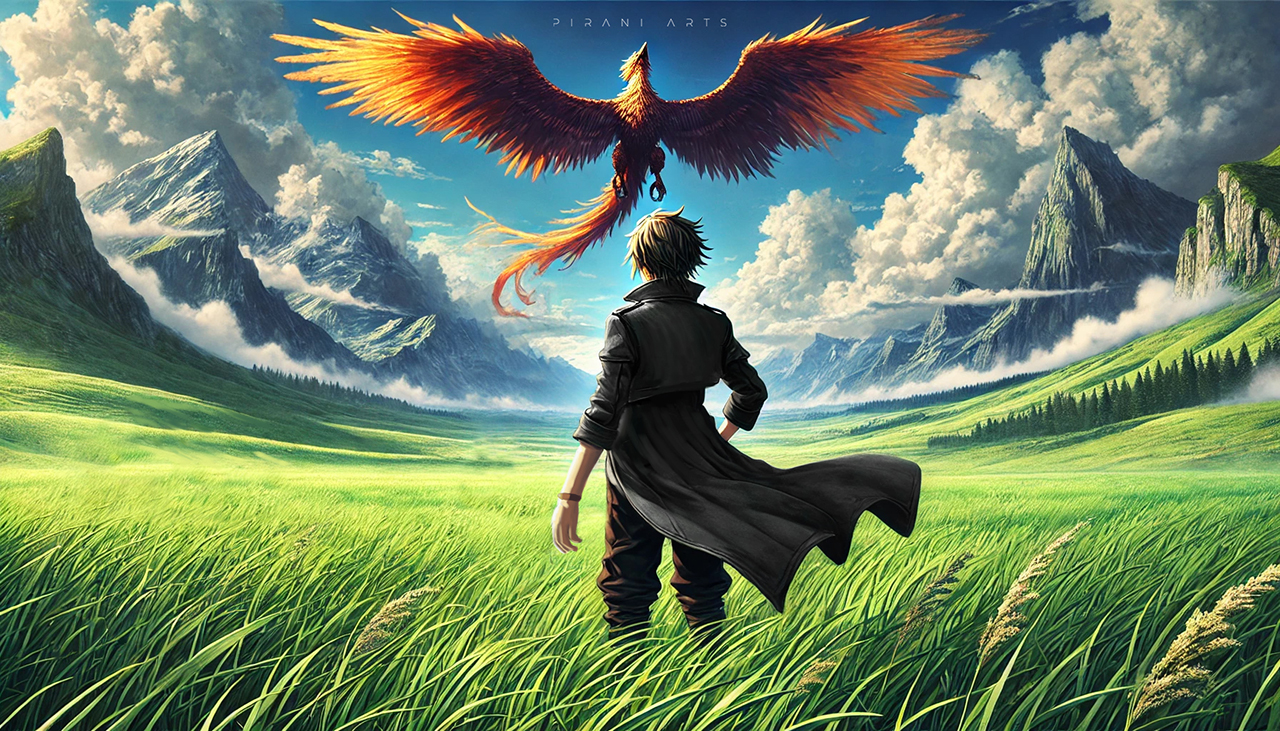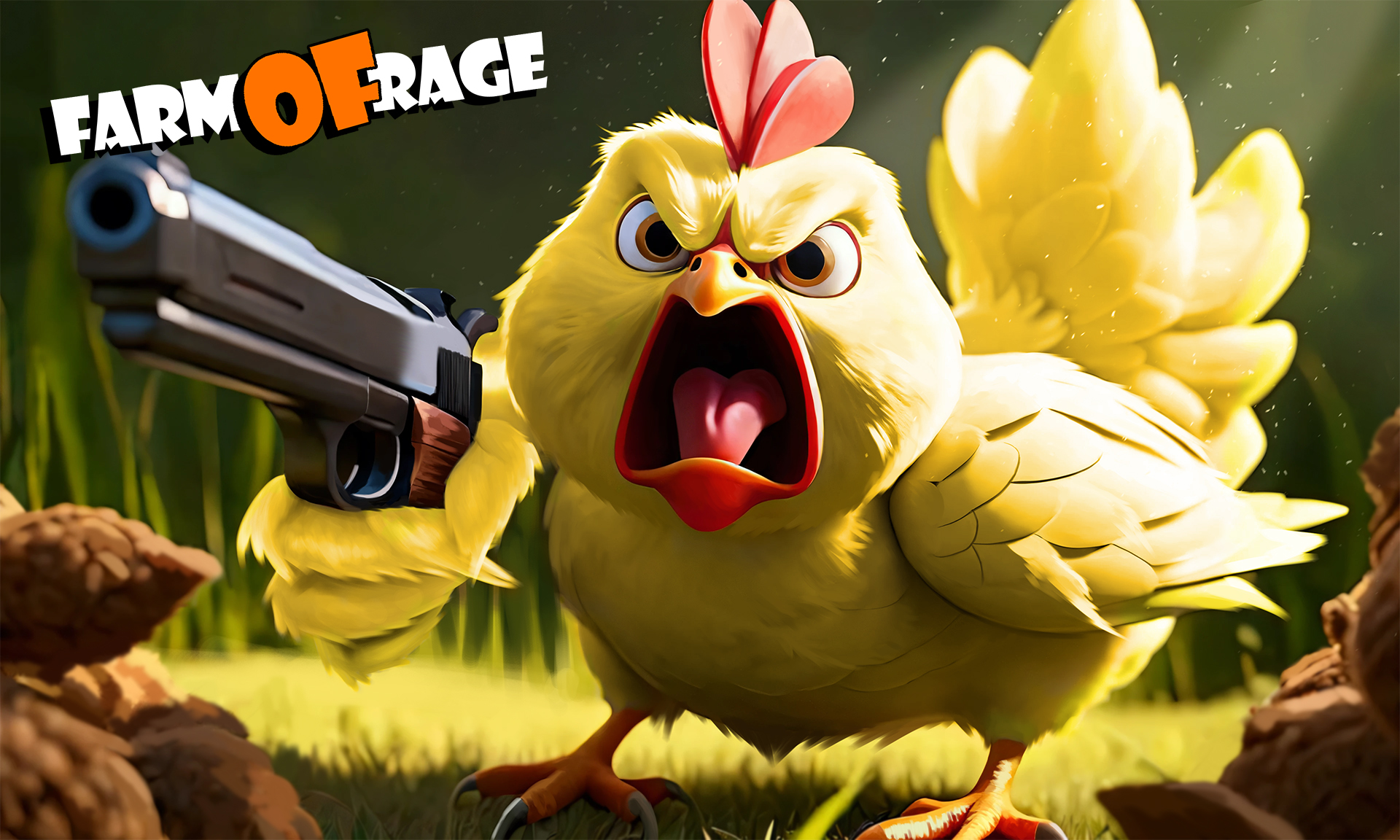From Concept to Release - The Game Development Pipeline

Writer
Baha Pirani From Blacave

Game Development Pipeline
Game development is a complex, creative, and highly collaborative process that transforms an initial idea into a playable, engaging experience. Whether you're an indie developer or part of a large studio, understanding the full game development pipeline, from concept to release, is essential to delivering successful titles.
In this article, we’ll walk you through each major phase of the game development lifecycle, explain how they interconnect, and share best practices to streamline your workflow.
1 - Concept and Ideation
Every great game starts with a spark, a concept. This is the brainstorming phase where designers, writers, and artists explore various ideas, genres, and mechanics. During this stage, it's vital to:
- Define your target audience
- Establish the core gameplay loop
- Identify the unique selling point (USP)
Developers typically produce a Game Design Document (GDD) to outline the vision, features, characters, and gameplay mechanics.

Project Zero Concept Art - by Blacave

Farm of Rage Concept Art - by Blacave
2 - Pre-Production
In pre-production, the game starts taking shape. Teams define the project scope, select development tools (like Unity, Unreal Engine, or Godot), and create technical prototypes. This stage includes:
- Technical Design Document (TDD) creation
- Team assembly and resource planning
- Prototyping key gameplay elements
- Estimating timelines and budgets
The goal is to validate the concept and ensure it’s feasible before moving forward.

Pre production and prototyping example
3 - Production
This is the longest and most resource-intensive phase. During production, the bulk of the game is built: programming, level design, art creation, and audio implementation occur simultaneously.
Key milestones include:
Gameplay Programming: Implementing player controls, AI, game mechanics
Asset Creation: 3D modeling, textures, animations, sound effects
World Building: Designing levels, environments, and user interfaces
Testing and Iteration: Regular playtesting to refine mechanics
Using version control (e.g., Git) and project management tools (e.g., Trello, Jira) helps teams stay coordinated and productive.

Final game envrionment
4 - Testing and Quality Assurance (QA)
A polished game depends on rigorous testing. QA teams hunt for bugs, test performance, and check compatibility across platforms. Types of testing include:
- Functional Testing: Ensuring features work as intended
- Performance Testing: Measuring frame rates and load times
- Usability Testing: Gauging player experience
- Regression Testing: Making sure new changes don’t break existing features
Automated testing tools can catch basic issues early, while real-world testers provide valuable feedback on game feel and balance.
5 - Launch and Release
Once the game is stable and feature-complete, it moves into the release phase. Key steps include:
- Publishing: Submitting the game to game stores for desired platforms, or game studio can cooperate with a publisher.
- Marketing: Creating trailers, running social media campaigns, reaching out to influencers
- Community Building: Setting up Discord servers, forums, and responding to feedback
You’ll also need to manage distribution, server scaling (for online games), and digital rights management.
6 - Post-Launch and Live Ops
After launch, the work isn't over. Ongoing support is vital to maintaining your game's success. This may include:
- Bug Fixes and Patches
- DLCs and Updates
- Community Engagement
- Analytics Monitoring
- Live service games often evolve over time, with balance patches and seasonal content to keep players invested.
Frequently Asked Questions (FAQ)
How long does it take to develop a game?
It depends on the scope. Indie games may take 6 months to 2 years, while AAA titles can take 3–5 years or more.
Do I need to know how to code to make games?
Not always. Many engines offer visual scripting (like Unreal Engine’s Blueprints). However, coding gives you greater flexibility and control.
What’s the difference between pre-production and production?
Pre-production is planning and prototyping. Production is full-scale development—writing code, creating assets, and building levels.
Which game engine should I use?
It depends on your project. Unity is great for 2D/3D and mobile games. Unreal Engine excels in high-end visuals. Godot is open-source and lightweight.
How important is testing?
Extremely important. A buggy game, no matter how creative, can lead to poor reviews and refunds. Testing ensures quality and player satisfaction.

Writer
Baha Pirani From Blacave


